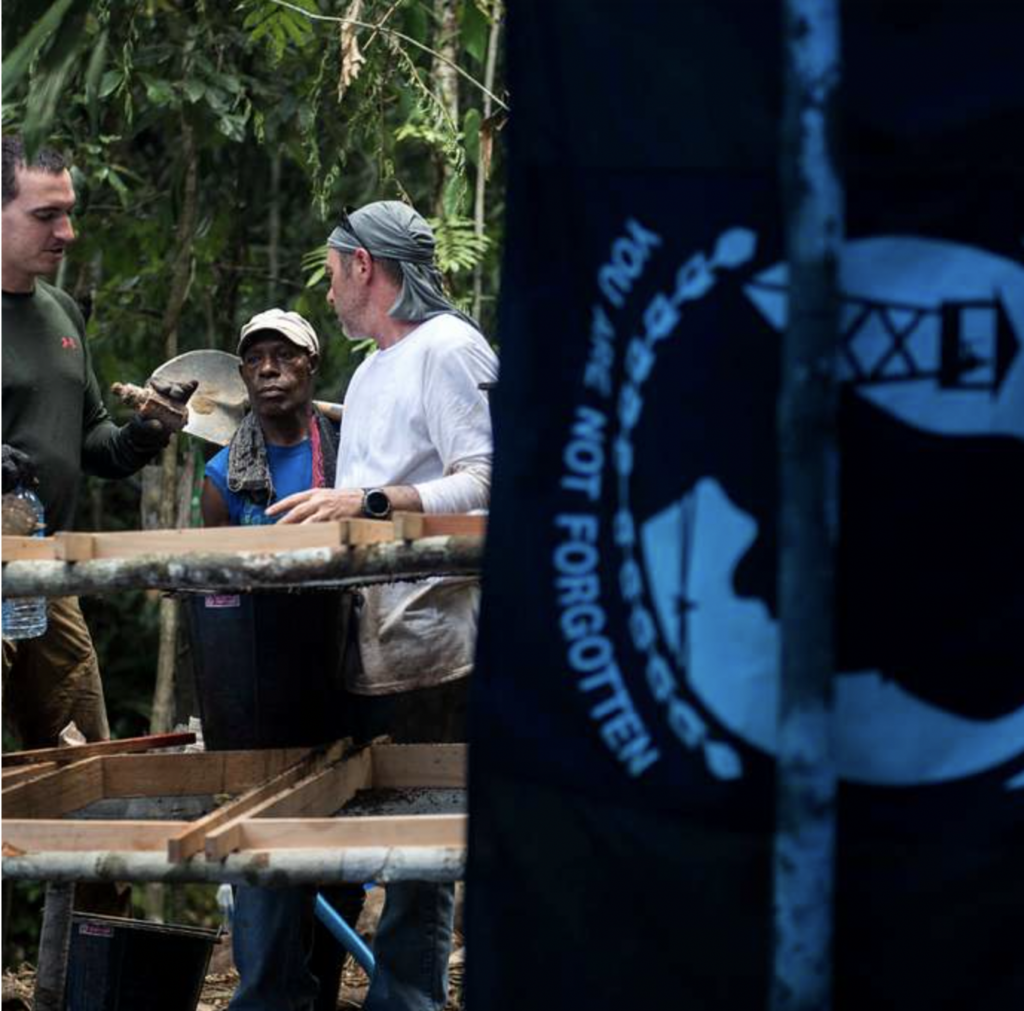Trucks of War Series:
The frontlines of modern American history are tracked with combat trucks. Their history as crucial partners in effectively winning the war effort throughout US conflict theaters ranges from the race to capture Pancho Villa to the famed Gun Trucks of Vietnam, from the amphibious assault on D-Day to delivering supplies to the Kurds in Iraq. VIT is telling the story of the US truck’s fascinating role as a vital member of the military on the frontlines of American history.
The Most Epic US Road Trip of All Time
A 29-year-old Dwight D. Eisenhower took the most important and history-shaping road trip of all time– Eisenhower was still a man in his twenties when this military convoy set out on the almost trackless American frontier.
It was Ike’s own Lewis and Clark Adventure, crossing, climbing, and conquering the great Western expanse with a 1919 truck convoy. But this journey was more than a soldier’s journey. This was the very first transcontinental motor convoy, and it changed the United States and the world forever.
Gathering Recognizance on the American Frontier
“The expedition consisted of 81 motorized Army vehicles that crossed the United States from Washington, DC, to San Francisco, a venture covering a distance of 3,251 miles in 62 days… The convoy was to test the mobility of the military during wartime conditions,” remarks the Eisenhower Presidential Library.



It was an intel exercise– there was no established highway, and American geography is among the most intense and varied on the planet. The Rocky Mountains scrape snow from the blizzardy Colorado sky. The Badlands are the most changing landscape on earth– the stunning but deadly red tsunamis of craven-shaped rock waves are pitted with caves that shelter rattlesnakes from the deadly heat. The deserts are so vast that the US once had a program to employ camels to relay messages to the far West Coast.
The landscape is varied and unforgiving, but also unforgettably beautiful. Dripping jade rainforests, colossal, vining oaks draped in pale green moss, and black sea stacks rising from black stone shores filled with waist-high sea foam clouds. There are rainbow pools, that gush fountains of super-heated geysers, and there are mountains glistening in glittering, diamond-bright selenite and spider webs of copper. Eisenhower saw America.



But he also saw the potential for trucks to serve in combat to keep our shores safe from enemies. Despite the rough ride, Eisenhower’s reports from the journey supported the desire for trucks in combat. If they could survive traversing the American frontier, then they could serve on any frontline in the world.
Eisenhower could have no idea that he would someday call the use of war trucks during World War II the lifeline that made conquering the Nazis possible.

Time called the Red Ball Express part of “The Miracle of Supply” that sustained American forces thousands of miles from North America.
Time went on to declare that “this miracle was in the American tradition, a tradition the Germans have never really understood. It was begotten of a people accustomed to great spaces, to transcontinental railways, to nationwide trucking chains, to endless roads and millions of automobiles.”
The dress rehearsal for this miracle was Eisenhower’s great American road trip.
Almost as important as trucks’ military potential, Eisenhower saw the need for a transcontinental highway system. Probably partially due to the exquisite annoyances of crossing the country by bumpy bi-ways, today’s vast ventrica of highways dam the mighty Missouri River and tame the treacherous peaks of the Sierra Nevadas.
The greatest wealth humanity has ever seen crisscrosses the shoulders of Eisenhower’s highway system every minute of the day. Its golden veins supply the world with aid, and it is the gravel foundation of America’s wartime frontlines.










